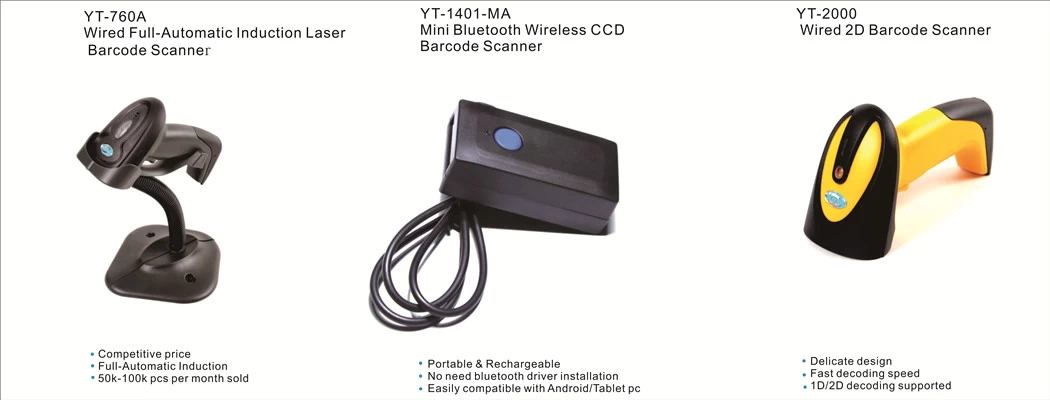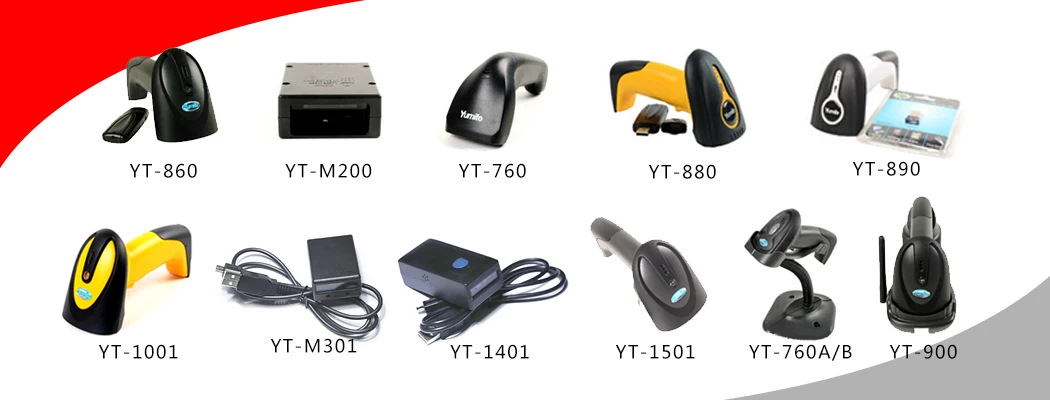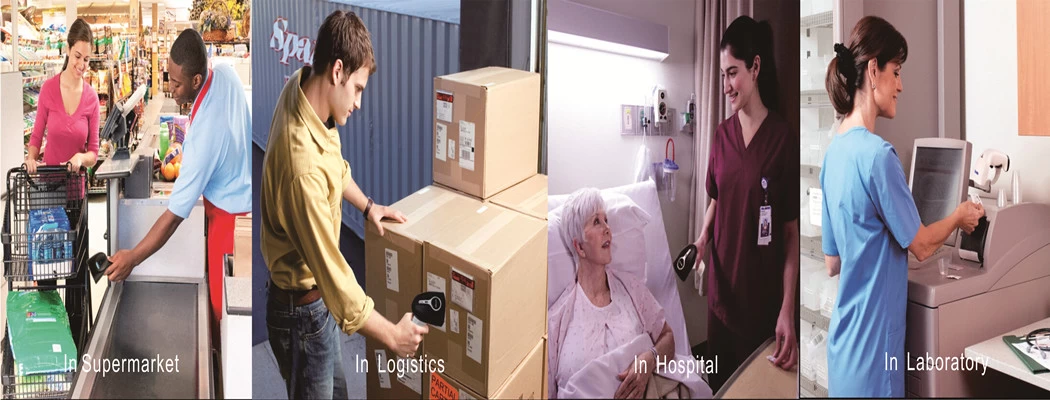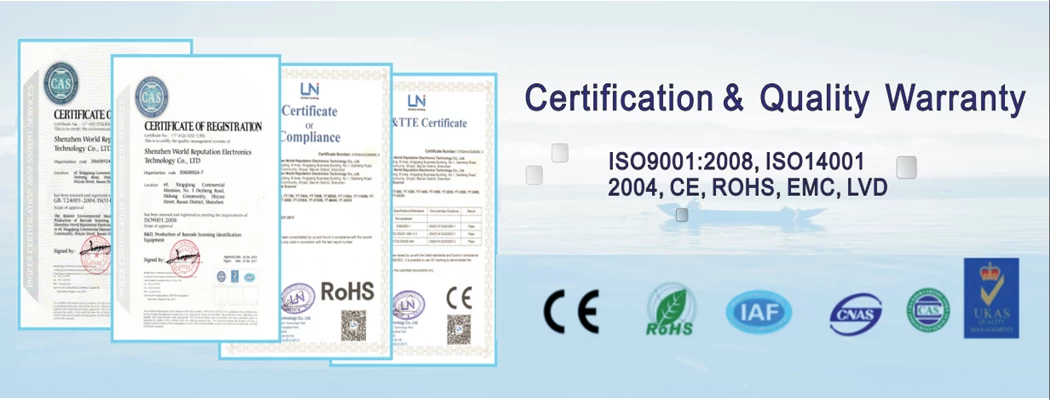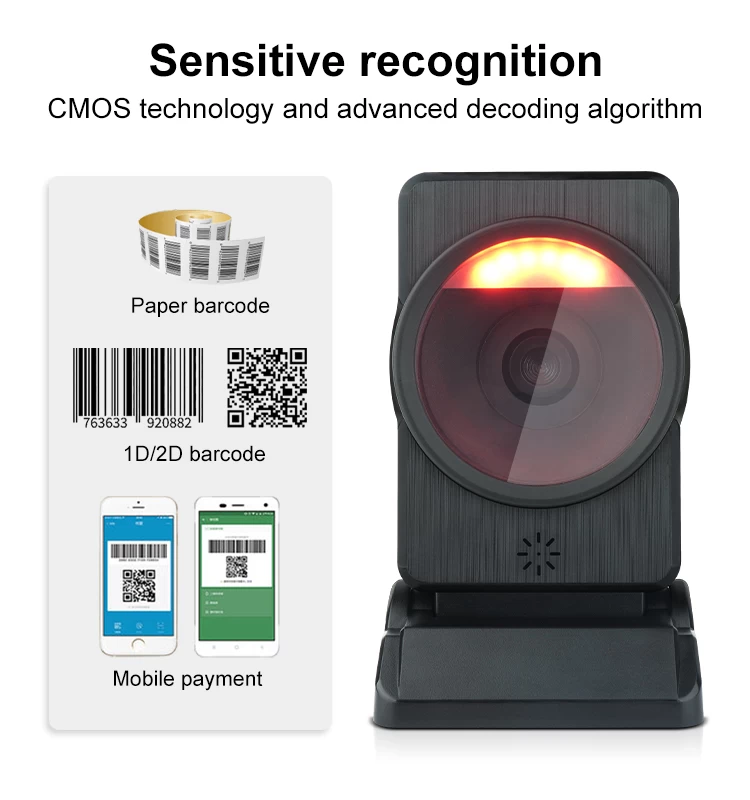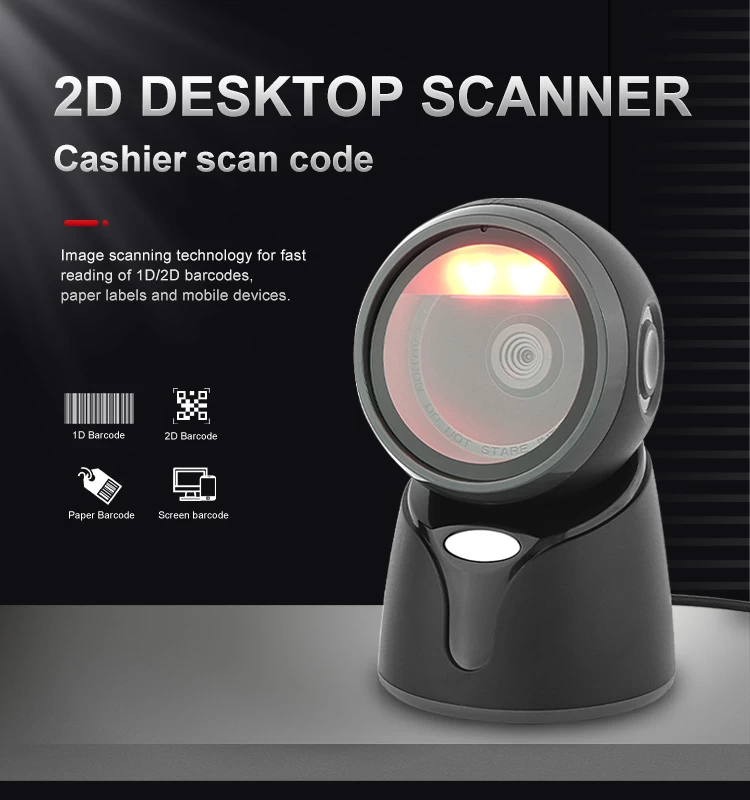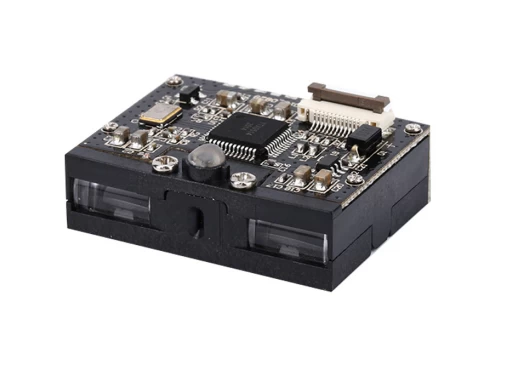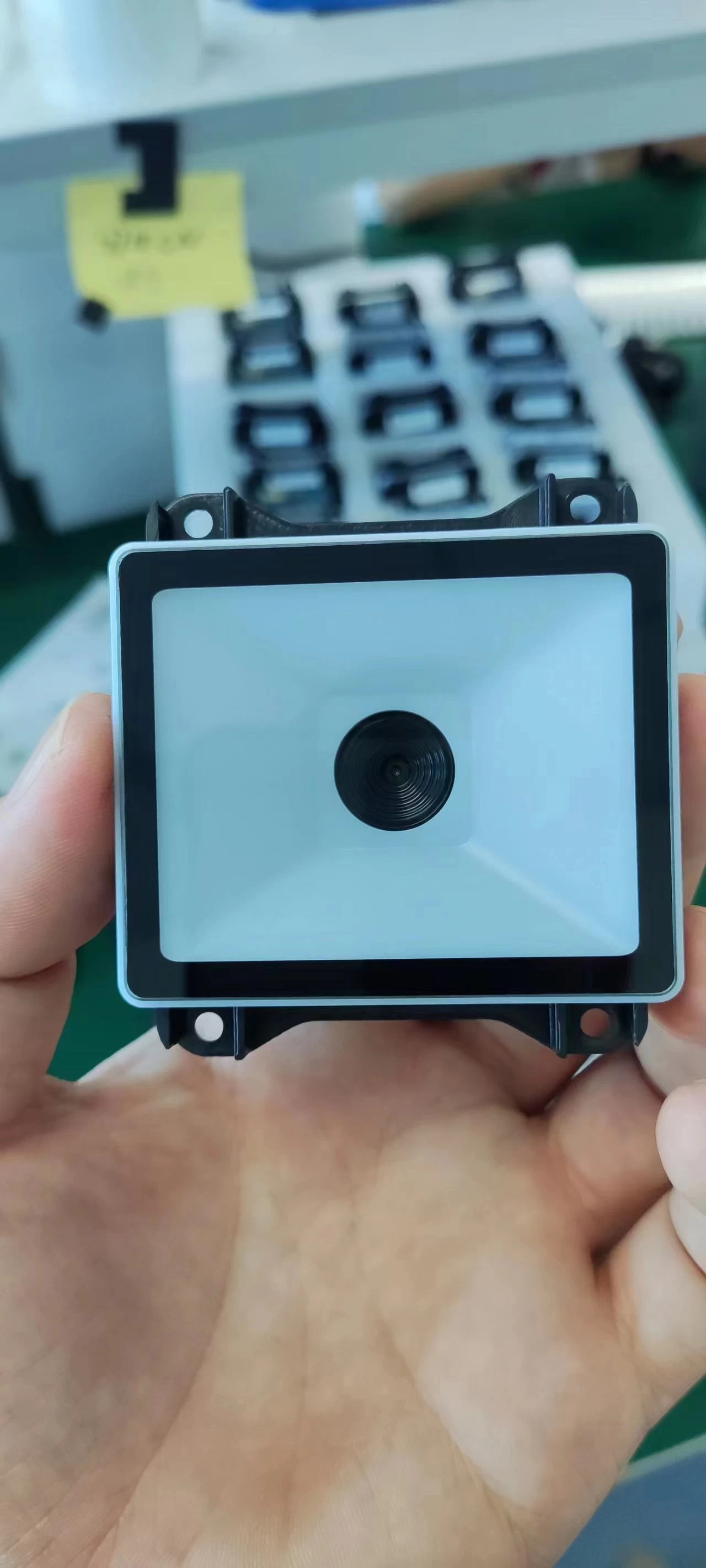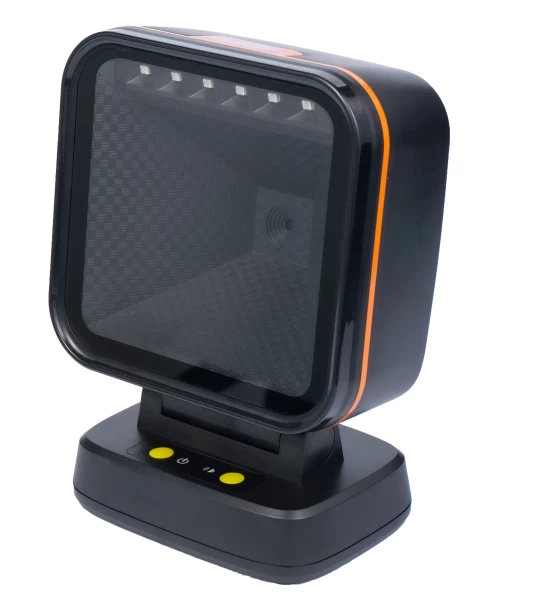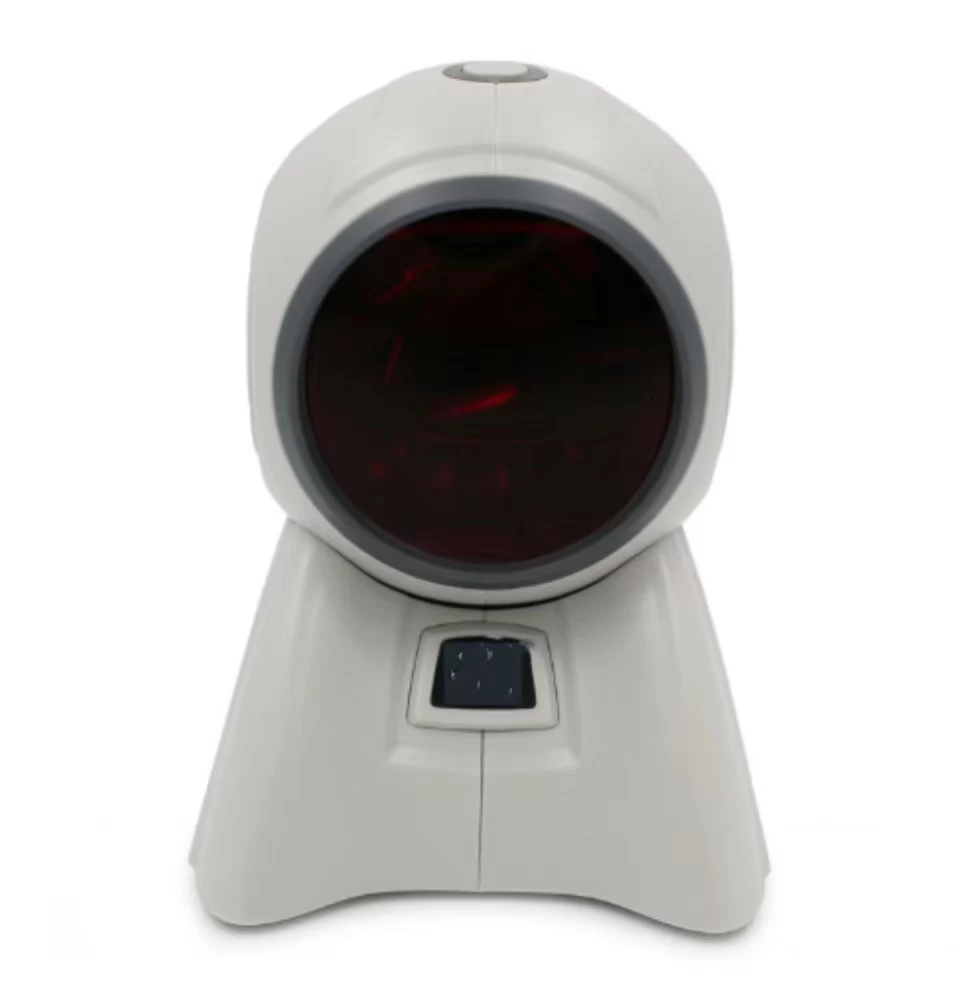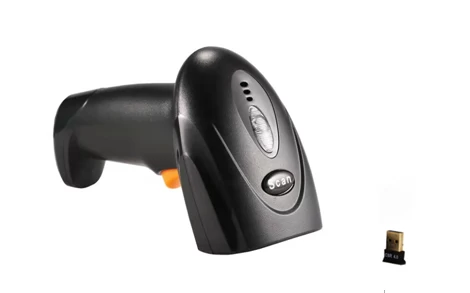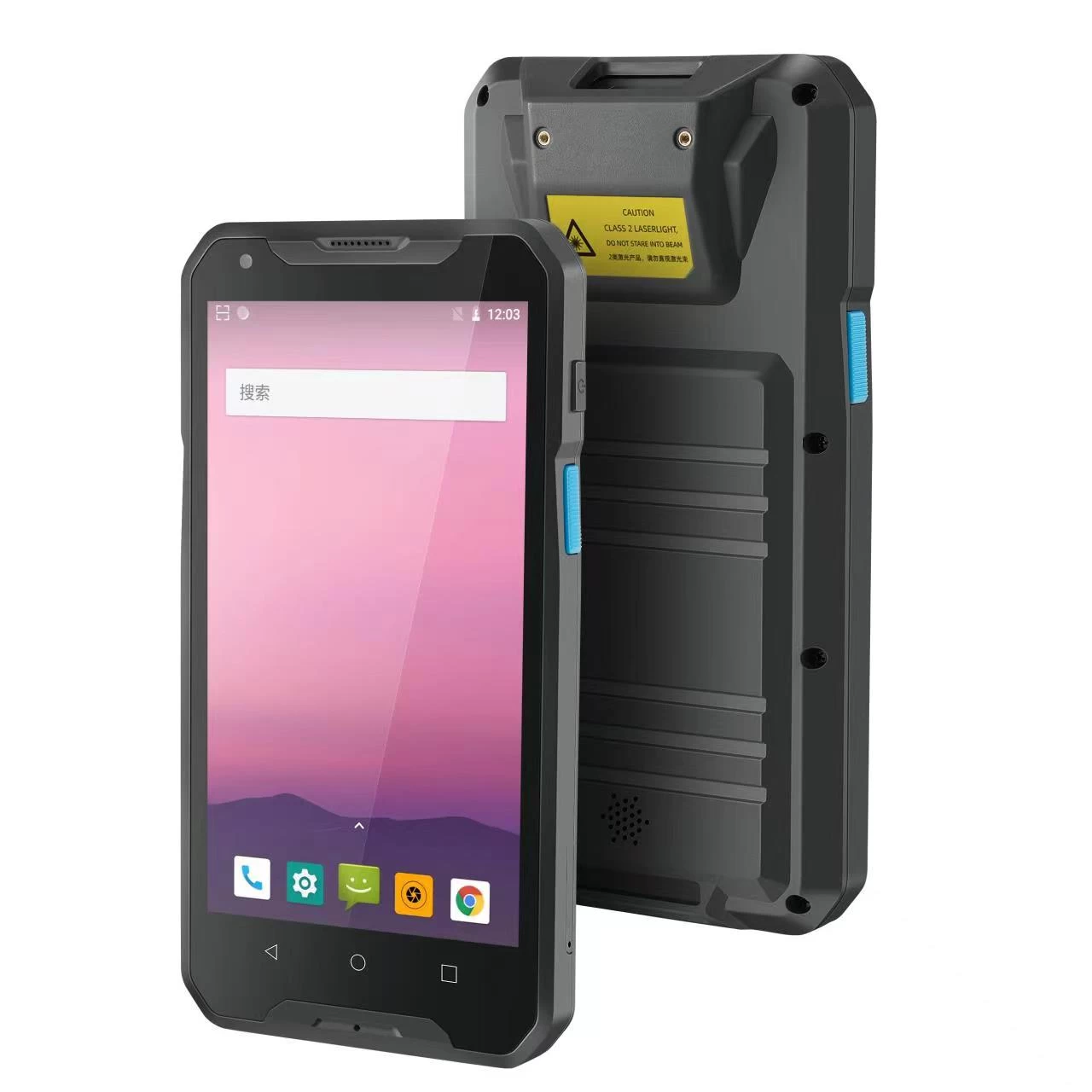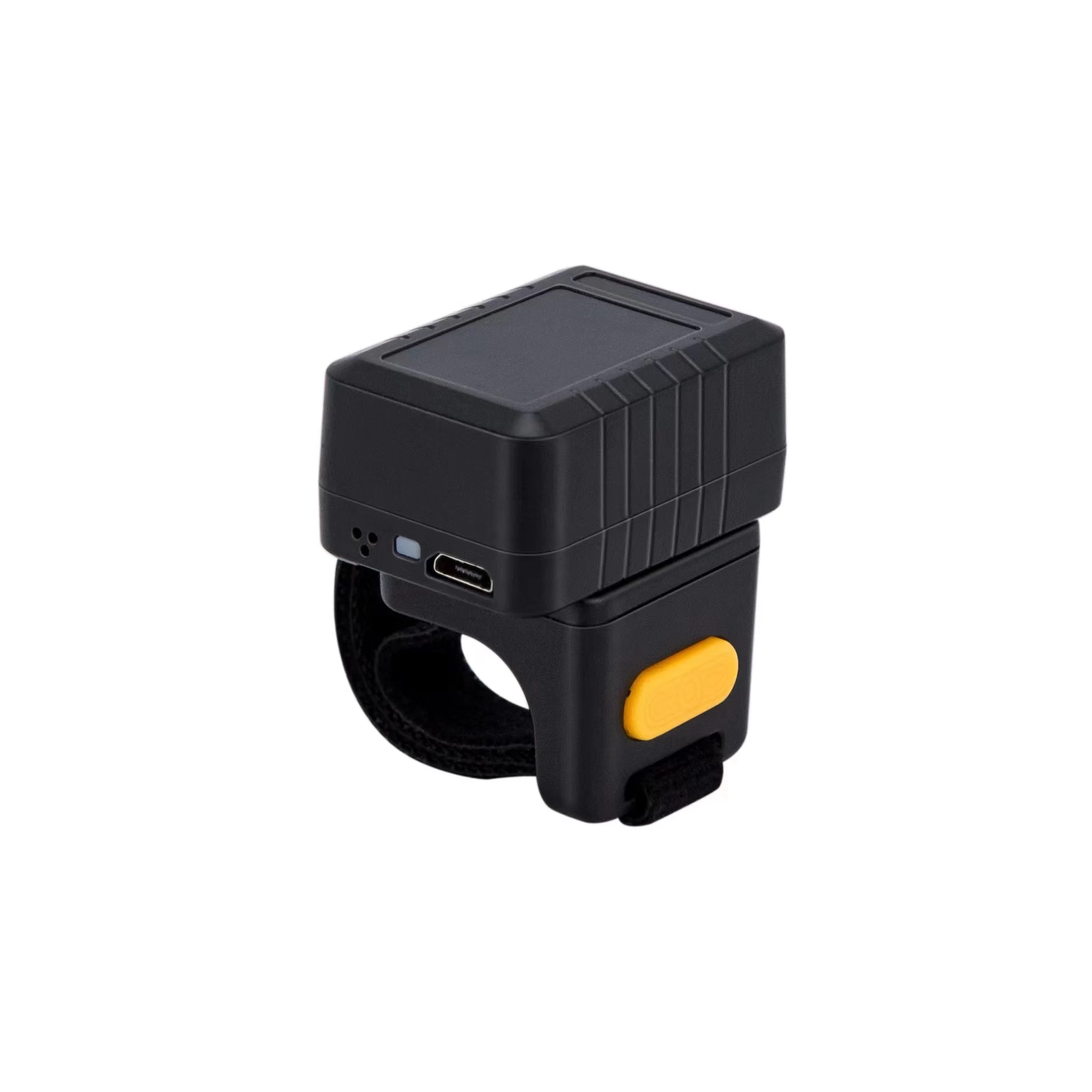There are considerations that help identify the best handheld barcode scanner for your application
Ben
Yumit
2016-08-12 18:17:22
Will your handheld barcode scanners be used indoors or out? Some barcode scanners work just as well in natural sunlight and dim lighting conditions as they do in ideal lighting. If your application requires outdoor scanning or scanning in dim lighting conditions, be sure to carefully evaluate the lighting specifications for the scanner models you’re considering.
What types of barcodes and symbologies do you work with? If you often work with barcodes which are damaged or faded, you’ll need a barcode scanner capable of reading imperfect barcodes. Additionally, there are several primary categories of symbologies, including 1D, 2D, and Postal barcodes. Not all handheld scanners are capable of decoding all symbologies.
How often, and how heavily, will the device be used? If your business application requires ongoing scanning for long periods of time, considerations such as battery life and corded connectivity come into play. Also, some barcode scanners are able to capture 60 images per second or more and offer rapid, continuous scanning capabilities without delay. If your application requires the scanning of hundreds or thousands of barcodes in a day, you’ll need a handheld barcode scanner with these capabilities to avoid unnecessarily slowing down the workflow.
Does your application include exposure to harsh environments? If your scanning requirements include less-than-ideal environmental conditions, such as scanning products stored in freezers or outdoors in rain, wind, or other elements, you should choose a handheld barcode scanner with exceptional durability.
What scanning distance do you require? In some applications, holding a handheld scanner within a few inches of a barcode is not always achievable. For these applications, carefully evaluate the scanning distance requirements for the handheld scanner models you’re considering.
Barcode Scanner Terms and Classifications
Barcode scanners are commonly categorized by scanning capabilities, such as laser barcode scanners and imagers, but you may also find barcode scanners grouped according to class, such as POS (point-of-sale), industrial, and other types, or by function, such as handheld, wireless, and portable. Here are a few common terms used to define and categories barcode scanners.
Handheld Barcode Scanner – This broad term refers to barcode scanners that are portable and easily used with one-hand operation. These scanners typically use a trigger-like mechanism with point-and-scan functionality. Handheld barcode scanners may be corded or cordless, capable of scanning any combination of 1D, 2D, and postal codes, and capture barcodes using a laser or imaging technology.
Laser Barcode Scanners – Laser barcode scanners, typically, are compatible with 1D barcodes only. These scanners rely on a laser beam light source, which is scanned back and forth across the bar code. The bar code is decoded using a photo diode which measures the light intensity reflected back from the laser, and a decoder interprets the waveforms produced as a result. The barcode reader then sends the information to your computing source in a more traditional data format.
Image Barcode Scanners – An imager, or image barcode scanner, relies on image capture rather than a laser to read and interpret barcodes. Barcode labels are decoded using sophisticated digital image processing functionality.

